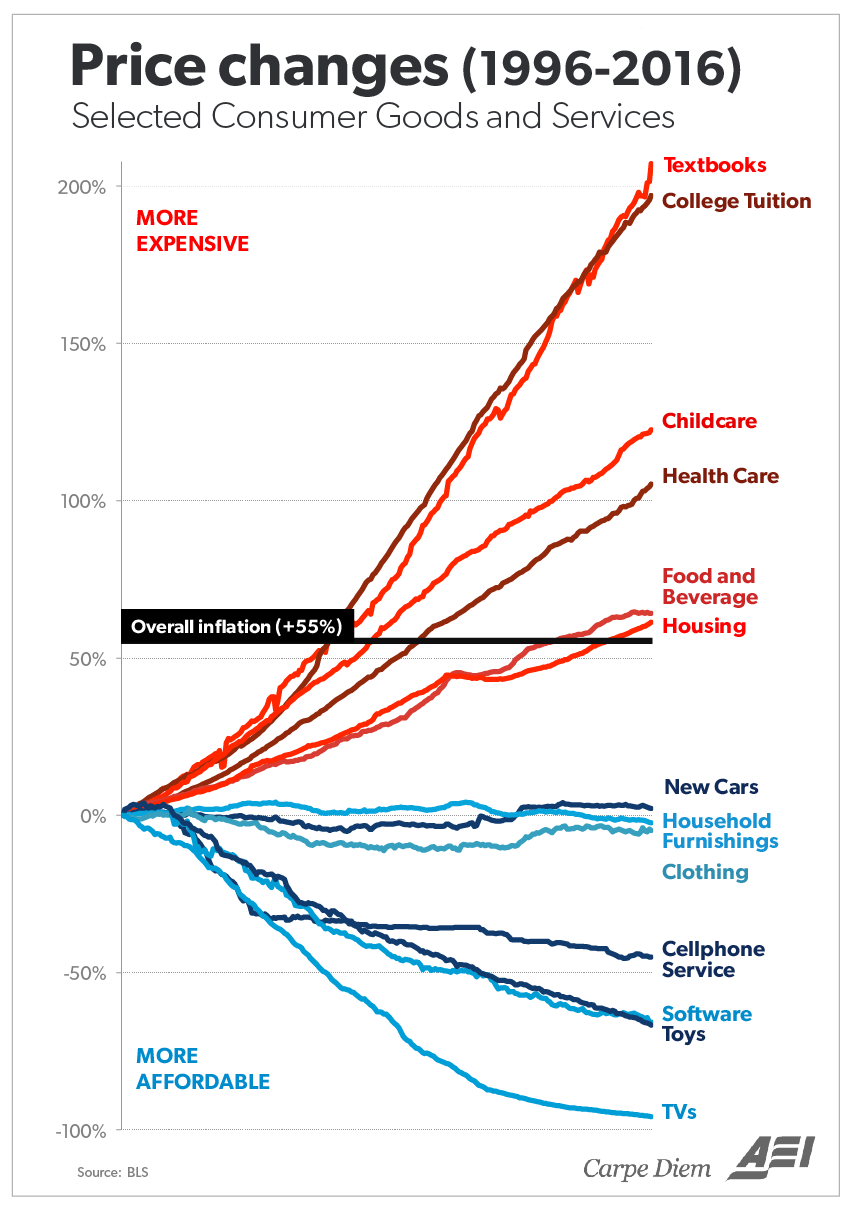Bond funds are often lumped together as one. However, they are actually a range of very different investments. This post will address only investment-grade bond funds which have a low probability of default as these are bonds that are issued by large and established corporations and the U.S. government.
It is important to know how changing interest rates affect short-term and long-term bond funds differently. Short-term bond funds hold individual bonds that mature and ‘roll’ quickly into new bonds with current interest rates. This means short-term bond funds adjust relatively quickly to changing interest rates, so the principal risk is relatively low. Short-term interest rates are set by our Central Bank as policy. Long-term rates, however, are set by market forces and investor expectations. Our Central bank influences, but does not control long-term interest rates. The interest rates on long-term bonds do not change for the length of their maturity. What must adjust to changes in interest rates is the current price of the bond. Higher interest rates mean lower current bond prices and vice versa (refer to my posts on duration).
What is important to know for today’s investors is that the Federal Reserve has raised short-term interest rates meaningfully off of zero over the last year or so and plans on continuing this trend. As a result, some short-term investment grade bond funds are now offering SEC yields of around 2.5%. However, long-term interest rates have only risen somewhat and, as a result, long-term investment grade bonds are offering an SEC yield of only 3 to 4%. It was expected that long-term interest rates would rise accordingly with short-term rates, but thus far they have not. Should this change, there is a real potential that longer-term interest rates will rise and the price of long-term investment grade bonds funds would be negatively impacted.
Investing in short-term investment grade bonds may currently have a lower dividend, but offer less principal risk.
